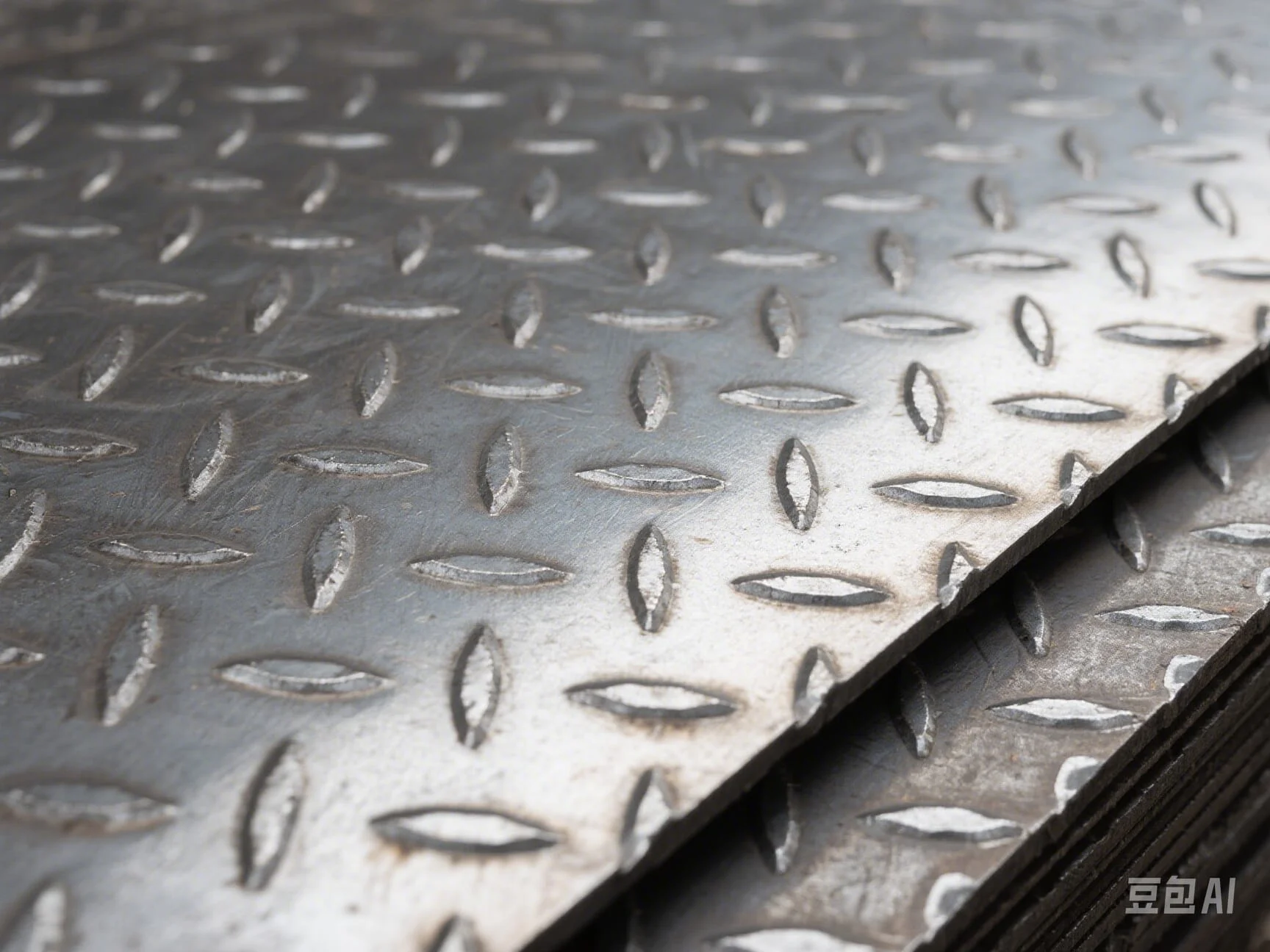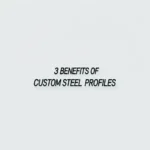Yes, carbon steel is generally considered very safe to cook with, and it has been used for cookware (like woks, skillets, and crepe pans) for centuries. When properly cared for, it offers several advantages and poses minimal risks.


Here’s why it’s considered safe:
- Simple Composition: Carbon steel cookware is primarily made of iron and carbon, both of which are non-toxic elements. It doesn’t contain synthetic chemicals like PFOA or PTFE found in some non-stick coatings.
- Seasoning Creates a Protective Layer: The key to using carbon steel cookware effectively and safely is “seasoning.” This involves applying thin layers of oil and heating the pan. The oil polymerizes, creating a hard, naturally non-stick, protective surface. This layer prevents food from sticking and also acts as a barrier, minimizing direct contact between the food and the raw steel, and preventing rust.
- No Harmful Fumes: Unlike some synthetic non-stick coatings, seasoned carbon steel does not release potentially harmful fumes when overheated. It can withstand very high temperatures, making it ideal for searing and stir-frying.
- Potential Iron Supplementation: Cooking acidic foods (like tomatoes) in carbon steel (or cast iron) can cause a small amount of dietary iron to leach into the food. For many people, especially those at risk of iron deficiency, this is considered a health benefit rather than a risk. The amount is generally small and not harmful.
However, there are a couple of points to consider for safe use:
- Rust Prevention is Key: The main “risk” with carbon steel isn’t toxicity, but its propensity to rust if not kept seasoned and dry. Rust itself isn’t toxic in small amounts, but it can affect the taste of food and damage the pan. Proper cleaning (avoiding harsh soaps that strip seasoning) and drying immediately after washing is essential. If rust appears, it should be scrubbed off, and the pan re-seasoned.
- Initial Cleaning: New carbon steel pans often come with a protective coating from the factory to prevent rust during shipping. This coating must be thoroughly removed according to the manufacturer’s instructions (usually involving scrubbing with hot, soapy water) before the initial seasoning process.
In conclusion, carbon steel cookware is a safe, durable, and effective option used by professional chefs and home cooks worldwide. Its safety relies on the stable, polymerized oil layer created by seasoning, which provides a natural cooking surface free from synthetic chemicals. Proper care and maintenance are necessary to prevent rust and maintain the seasoning, ensuring a long-lasting and safe cooking experience.
Is carbon steel safe to cook with? — This article provides a practical buyer‑focused overview with specifications, selection tips, and on‑site considerations. Explore related topics: blog.
Key Specifications and Standards
- Standards: ASTM / EN / JIS (e.g., ASTM A240/A36, EN 10088/10025, JIS G4304/G3131).
- Surface options: 2B, BA, No.4, HL, mirror; galvanized (electro / hot‑dip).
- Processing: hot‑rolled, cold‑rolled, annealed & pickled, welded or seamless.
- Typical services: slitting, shearing, cut‑to‑length, drilling, beveling, deburring.
- Documentation: MTC, CO, packing list with net/gross weight and heat numbers.
Typical Applications
Construction, machinery, automotive, energy, enclosures and fencing, food equipment (for stainless), and general fabrication. Match grade and finish to corrosion, strength, and appearance requirements.
Selection Guide
- Use certified material with Mill Test Certificate (MTC).
- Confirm standards (ASTM/EN/JIS) and tolerances per drawing.
- Match surface finish to application (2B/BA/No.4/galvanized).
- Specify dimensions and acceptable deviation upfront.
- Plan packaging and corrosion protection for transit.
Processing, Packaging and Logistics
We adopt edge protection, waterproof wrapping, rust‑inhibiting paper, fumigated pallets, and strapping suitable for sea freight. Loading photos and weight lists are provided for each shipment.
FAQs
Q: What lead time can I expect?
A: Typically 7–15 days ex‑works for standard sizes; custom processing may extend the schedule.
Q: Can you provide cut‑to‑size service?
A: Yes. We slit, shear, cut, drill, bevel and deburr to drawing to reduce waste and speed installation.
Q: How do you ensure quality?
A: Incoming inspection, process control, and final inspection with traceable heat numbers; third‑party inspection is available.
Q: Do you support small trial orders?
A: We support pilot quantities with consolidated shipping to control cost.
All values are typical and for guidance only; confirm with the datasheet and purchase order before production.
Related products: view details.
Related products: view details.





